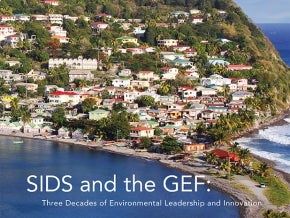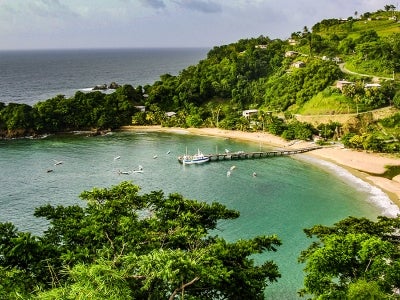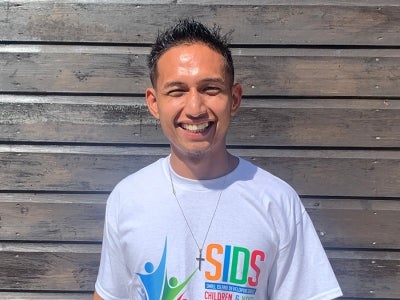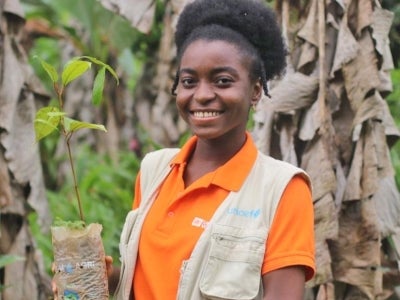Main Issue
Small Island Developing States cover three geographic areas—Caribbean; Pacific; and Atlantic, Indian Ocean, and South China Sea (AIS)—and are home to more than 65 million people, representing less than 1 percent of the world’s population.
SIDS control a staggering 30 percent of the world’s oceans through their Exclusive Economic Zones (EEZ), dwarfing their mere 24,111 km² of land area. This vast maritime territory grants them significant economic influence. SIDS also have high levels of endemism and consequently ecosystem degradation significantly impacts biodiversity, for example about 75 percent of recorded extinctions have occurred on islands. As repositories of some of the world’s most diverse and unique species and ecosystems, small islands of the Caribbean, West Indian Ocean, and the Pacific hold 1,000 Key Biodiversity Areas, with most SIDS entirely within biodiversity hotspots. The Caribbean is home to more than 11,000 species of seed plants, of which at least 7,800 are endemic to the biodiversity hotspots; islands in the West Indian Ocean are home to the highest degree of amphibian endemism of any island group; and the Pacific contains the most extensive and biologically diverse coral reefs and the deepest ocean trenches. many of which are unexplored. In addition, all SIDS possess ample renewable energy potential from wind, solar, marine, and other sources.
Coupled with these unique and valuable environments are unique vulnerabilities and environmental challenges, which are often more intense due to the small land area, geographic isolation, and remoteness of SIDS.
What We Do
The Global Environment Facility and SIDS have a shared history dating back to the Earth Summit in 1992, with the recognition of ‘small island developing States’ as a special case for the environment and development, and the confirmation of the GEF as a financial mechanism for the Rio Conventions. For 30 years the GEF, the world’s largest environmental funder, has been a key partner for SIDS in tackling their environmental challenges and supporting their role in protecting the global environment.
The GEF's support has been multi-faceted:
Helping 38 SIDS meet international commitments: The GEF has assisted SIDS in implementing national plans under key environmental agreements such as the United Nations Framework Convention on Climate Change, the Convention on Biological Diversity, the UN Convention to Combat Desertification, and the Stockholm and Minamata Conventions.
Supporting the future of high seas protection: Recognizing the critical role of SIDS in ocean health, the GEF, in its role as part of the financial mechanism, is providing ratification support and implementation readiness to the Biodiversity Beyond National Jurisdiction (BBNJ) Agreement.
Creating leading protected areas: GEF support has helped SIDS lead on nature conservation, from massive marine protected areas to community-based approaches that integrate protection and use.
Through the newly launched Global Biodiversity Framework Fund (GBFF), the GEF aims to help countries achieve the Kunming-Montreal Global Biodiversity Framework goals and targets with a strategic focus on strengthening national-level biodiversity management, planning, policy, governance, and finance approaches.
Combating pollution: The GEF also supports SIDS in addressing chemicals and waste pollution, including plastic pollution in their vast marine territories.







